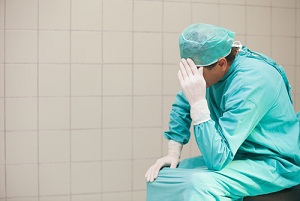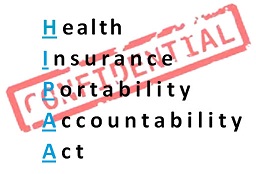 Medical malpractice kills 400,000 people a year in this country and injures 4 million more. The media is now starting to focus on this story, as we just talked about on Monday after the Baltimore Sun’s story on negligence in Maryland hospital. Stories like this help plaintiffs in medical malpractice cases. Why? Because many of us still view doctors as infallible and that wall of invincibility is being to fall.
Medical malpractice kills 400,000 people a year in this country and injures 4 million more. The media is now starting to focus on this story, as we just talked about on Monday after the Baltimore Sun’s story on negligence in Maryland hospital. Stories like this help plaintiffs in medical malpractice cases. Why? Because many of us still view doctors as infallible and that wall of invincibility is being to fall.
So, why is it so hard to find a medical malpractice lawyer in Maryland who will take your case?
Joanna Shepherd, a law professor at Emory University, conducted a national survey of medical malpractice attorneys that explored why malpractice attorneys reject cases.
| Reason for Rejection Case | Percent of Respondents |
| Unclear causation | 19.25% |
| Unclear evidence of malpractice | 29.11% |
| Case is unlikely to settle | 0.94% |
| Insufficient damages expected from trial or settlement | 38.73% |
| Complexity and expense of bringing the claim | 11.74 |
| Hospital not involved in medical malpractice | 0.23% |












